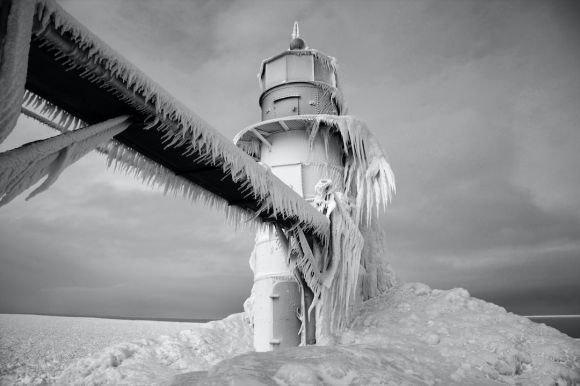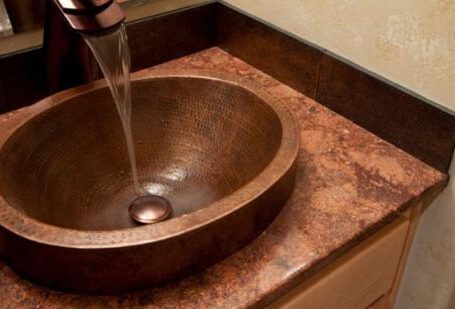As the winter months settle in, many homeowners may find themselves faced with the dreaded issue of frozen pipes. Frozen pipes can lead to major damage and costly repairs if not addressed promptly and properly. In this guide, we will explore the best methods for safely thawing frozen pipes and preventing further damage.
Understanding the Dangers of Frozen Pipes
Frozen pipes pose a significant risk to your home’s plumbing system. When water freezes inside the pipes, it expands and puts pressure on the walls of the pipe. This pressure can cause the pipe to crack or burst, leading to leaks and flooding once the ice thaws. Additionally, frozen pipes can disrupt water flow, leaving you without running water until the issue is resolved.
Identifying Frozen Pipes
The first step in safely thawing frozen pipes is to identify which pipes are affected. Signs of frozen pipes include little to no water flow from faucets, faucets or showerheads producing only a trickle of water, or visible frost on exposed pipes. It’s important to act quickly upon discovering frozen pipes to prevent further damage.
Opening Faucets
Before attempting to thaw frozen pipes, it’s crucial to open the faucets connected to the affected pipes. By opening the faucets, you allow any built-up pressure to escape, reducing the likelihood of a pipe bursting. Additionally, as the ice melts, water will need a place to go, and leaving the faucets open will help facilitate this process.
Applying Heat
There are several safe methods for applying heat to thaw frozen pipes. Here are a few effective options:
1. Hot Towels: Start by soaking towels in hot water and wrapping them around the frozen pipe. This will help to gradually thaw the ice without causing thermal shock to the pipe.
2. Hairdryer: Use a hairdryer on a low or medium heat setting, moving it back and forth along the length of the frozen pipe. Be sure to keep the dryer a safe distance away from any water to avoid electrocution.
3. Heat Lamp: If you have a heat lamp, position it near the frozen pipe to provide a consistent source of heat. Keep in mind that heat lamps can get hot, so exercise caution and avoid direct contact with the lamp.
4. Space Heater: Place a space heater near the frozen pipe, ensuring it is a safe distance away from any flammable materials. Make sure to follow the manufacturer’s instructions and never leave a space heater unattended.
Avoiding Open Flames
While it may be tempting to use an open flame, such as a blowtorch or propane heater, to thaw frozen pipes, this is highly dangerous and can lead to fires or explosions. Open flames should never be used for this purpose. Stick to safer methods, such as those mentioned earlier, to avoid any potential disasters.
Preventing Future Freezing
Once you have successfully thawed your frozen pipes, it’s essential to take preventative measures to avoid a recurrence. Insulating exposed pipes, especially those in unheated areas like basements and crawl spaces, can help prevent them from freezing in the future. Adding insulation sleeves or using heat tape can provide an extra layer of protection.
Conclusion
Frozen pipes are a common problem during the winter months, but with the right knowledge and approach, they can be safely thawed. Remember to identify the affected pipes, open faucets, and use safe methods like hot towels, hairdryers, heat lamps, or space heaters to apply heat. Never use open flames! Taking preventative measures, such as insulating exposed pipes, can help avoid future freezing issues. By following these guidelines, you can protect your plumbing system and prevent costly repairs.



